☀Apple News Channelis the hottest, the most followed Apple-related public account on WeChat! This is the gathering place for Apple fans! Check Apple warranty, check Apple serial number, check iPhone price, estimate Apple iPhone value, buy and sell used iPhones, iPhone recycling, identify counterfeit Apple devices, recover lost iPhones, we can provide you with services here!
What is the display quality of the iPhone XS Max? Those who understand the display industry know that to evaluate a screen, one must consider three aspects: color temperature, color accuracy, and color gamut. However, color temperature can be adjusted, and color accuracy can be optimized, while color gamut is a hard indicator that cannot be optimized through software. The basis of color gamut is the composition of the spectrum.
It is not necessarily true that a richer spectral composition means better screen performance. This also involves the issue of color accuracy, but if the spectral components are lacking, the screen’s color cannot be good. Poor spectrum means that color mapping can only seek similar colors to replace (whether it can find the right one is a calculation issue, whether it can be found is a hardware issue), and cannot achieve accurate restoration. The spectral composition can be understood as the key to the size of the color gamut.
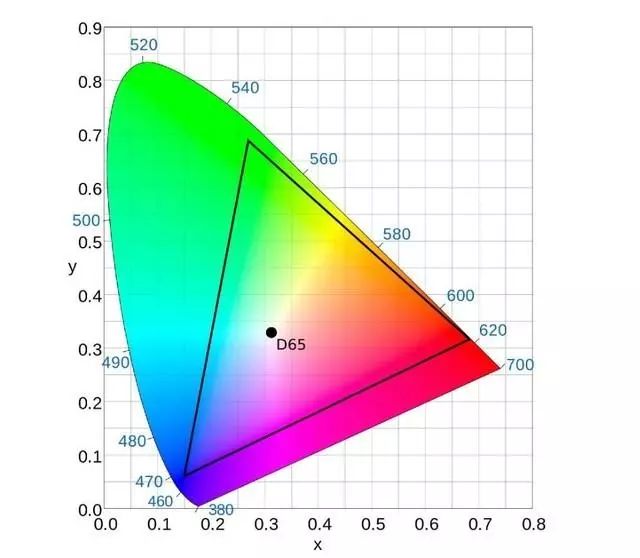
The Color Gamut is the Basis of Displaying Colors
Having understood the theoretical basis mentioned above, we can comprehend the importance of the spectrum. Currently, mobile LCD screens use LED backlighting, while AMOLED screens can emit light on their own, thus not requiring backlighting. In comparison of the spectrum composition between LCD and AMOLED screens, it is actually comparing the spectrum composition of LED light sources and AMOLED.

Lighting Passport
The iPhone XS Max is a smartphone that uses an AMOLED screen. I used the professional device Lighting Passport, priced at ten thousand yuan, to conduct spectral testing on its screen. Lighting Passport is the world’s first professional spectral measurement instrument integrated with smart mobile devices, capable of achieving high-precision measurements through Bluetooth transmission and software expansion functions of smart mobile devices.
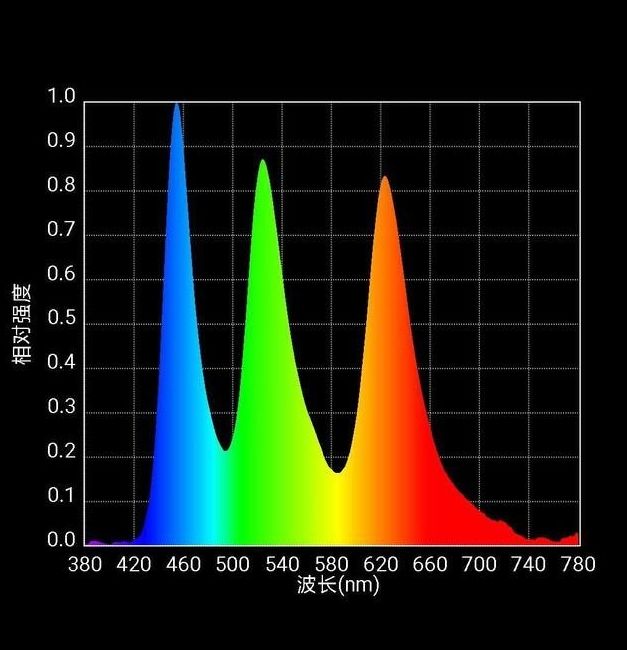
iPhone XS Max Measured Screen Spectrum
Through testing, we found that the spectral composition of the iPhone XS Max is quite characteristic. The three peaks are broad and balanced, which is a solid foundation for an excellent display screen’s color. If a peak is narrow and has low distribution values, it indicates insufficient color performance. For example, most LED backlit display devices have poor green display performance. However, the green performance of the iPhone XS Max is impressive, even higher than that of red, which is an advantage of the AMOLED screen.
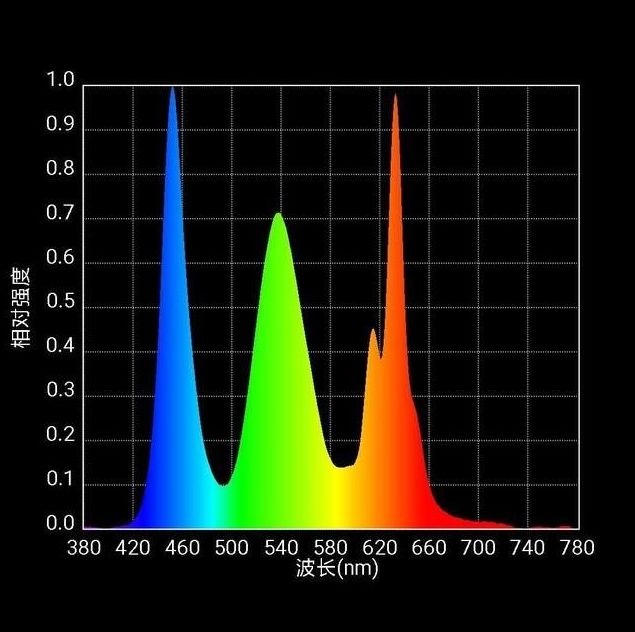
iPhone 8 Plus Measured Screen Spectrum
The spectral composition of the iPhone 8 Plus has a significant deficiency in green, with a peak value of only 0.7, while the AMOLED peak value is close to 0.9. Under the same green display conditions, it is clear that the iPhone XS Max has a greater potential. At the same time, the width of the red peak is also relatively narrow; although the peak value is high, there are still shortcomings in display capability.
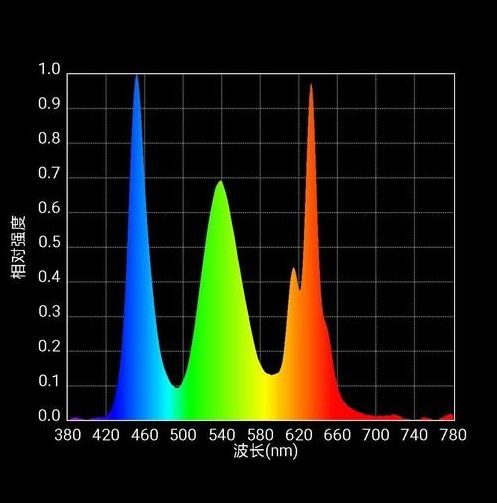
iPhone 7 Plus Measured Screen Spectrum
The spectral composition of the iPhone 7 Plus is almost identical to that of the iPhone 8 Plus. This indicates that the quality of the LCD screens used by Apple has remained relatively consistent, as there have been no significant changes in LED backlight technology in recent years, and Apple has consistently sourced LCD screens from brands like Samsung, ensuring stable suppliers and maintaining overall quality.
From the measurements, the color foundation of the iPhone XS Max is the best. Of course, AMOLED screens also have issues like ghosting, and the factors of degradation over time cannot be ignored. However, considering the current usage situation, the typical upgrade cycle for smartphones is about 2 to 3 years, and since the release of AMOLED screens, there have been no large-scale burn-in incidents, so this type of screen is still worthy of recognition.
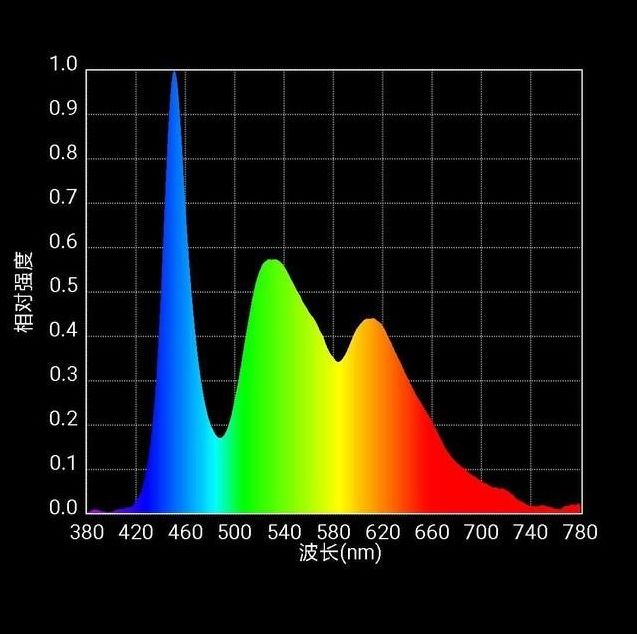
IPS LCD Monitor Measured Screen Spectrum
Finally, it is important to note that the quality of Apple’s LCD screens is relatively high. I also tested a common IPS LCD monitor, and its color gamut is far inferior to that of Apple’s mobile LCD screens. The above image is the measured spectrum of the IPS LCD, with a noticeable deficiency in both green and red, especially the red performance, which is quite unsatisfactory. Therefore, if you want good color display, you must spend a lot of money on professional monitors.
Source: Zhongguancun Online
